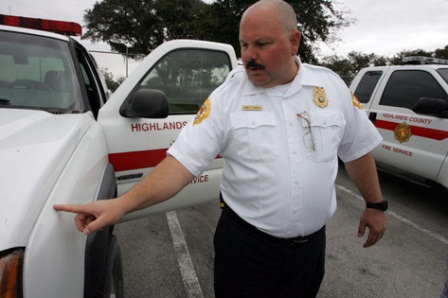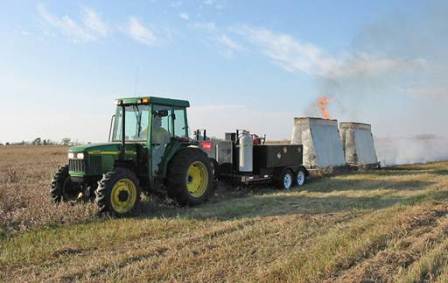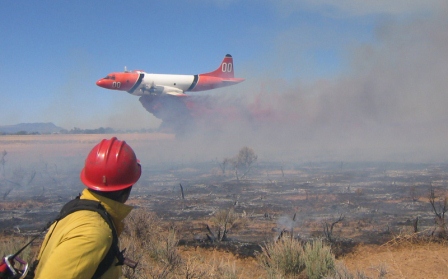 From a story on TampaBayOnline:
From a story on TampaBayOnline:
“Jimmy Branca doesn’t know exactly what saved his life: his Chevy truck, a safety device on the powerline up above, or maybe God.
But he recalls his first thought after a getting struck by an electric line yesterday: “Thank God I didn’t get killed and I get to go home and see my wife and kids.”
Branca and another firefighter were outside their trucks Monday, assessing a wildfire on northwest Josephine Road. Two poles were on fire, and they were about to make a decision on whether to put them out.
That’s when both utility Glades Electric poles snapped, and the power lines fell.
“One pole landed not far from me,” Branca said. “The wire hit me, and took me to the ground.”
Branca, 47, is a burly Navy ex-corpsman who has been working in emergency services since 1979. He
pointed to an abrasion on his left elbow.So how is it that Branca is alive today?
The wire, he said, caught in the space between the driver’s side mirror and the door of his white three-quarter ton command vehicle. He thinks that created enough tension to trip the breaker on the power line. In a fraction of a second, the wire de-energized.
“I should be dead right now,” Branca said.”




